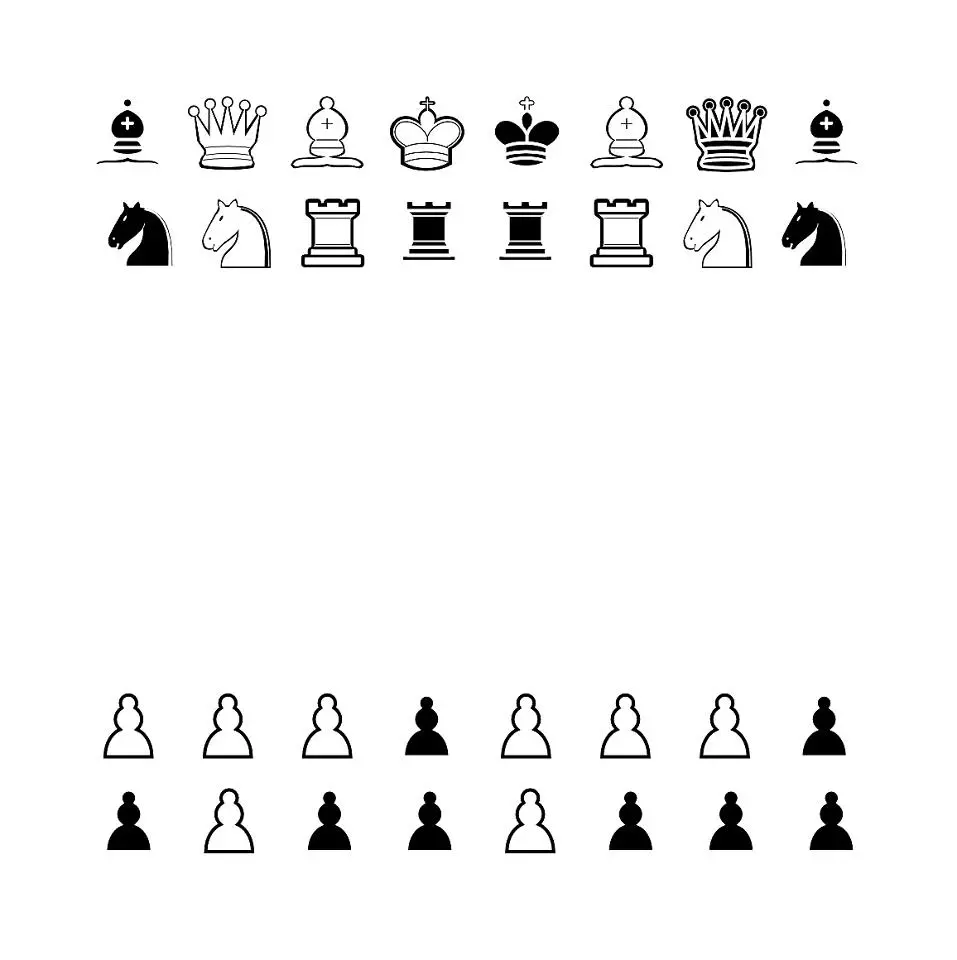- cross-posted to:
- [email protected]
- [email protected]
- cross-posted to:
- [email protected]
- [email protected]
Technically false. Digital images are made up of pixels like this:

which reproduce colors by adjusting the intensity of the red, green and blue light in each pixel. If nothing else, every white pixel in the image contains a full-brightness red segment.
kindly leave, please
Some of that white is not as white as the others. There’s definitely a reddish tone of you zoom in.
Yeah probably jpeg compression muddying it up. That combined with another comment about white pixels containing red makes me think that this illusion was intended to be printed out.
I find that reddish tint foes away if I zoom in and block out the teal parts
It’s just less teal spots, not much redder, especially not as .uch as perceived



First two are from the centre, the last is not
deleted by creator
I see a faint red briefly, then it goes away.
Is my brain broken? Why do I not see any red? Should I be?
Your brain isn’t broken, it’s just a really bad attempt at viral marketing.
I’d say it’s rather an indicator of the person who’s had too much exposure to the previous marketing. Also neurodivergence may work against this illusion the way it breaks some of the others
For me it’s only there when I don’t focus.
deleted by creator
Witch!
maybe because I am color blind, but I am only seeing the blue and some white.
This is a lesson white balance. If you white balance on the bright color in the non-can section, suddenly the can has more red than blue or green. So relatively, there is more red in the can area of the photo than the other area of the photo, and your brain is adjusting to the tint of the image.
How?





